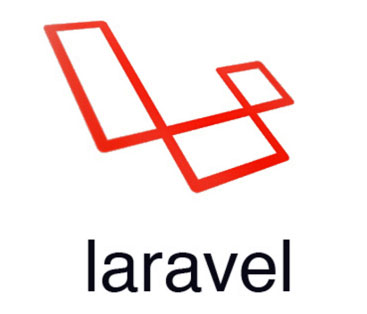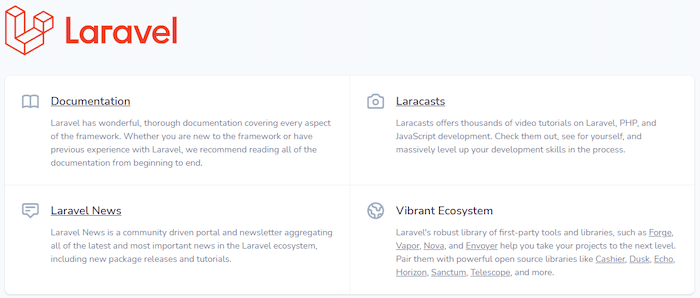How To Install Laravel on Linux Mint 22

In this tutorial, we will show you how to install Laravel on Linux Mint 22. Laravel, a powerful and popular PHP framework, has gained significant traction among web developers due to its elegant syntax, extensive features, and robust ecosystem. Linux Mint 22, a user-friendly and stable Linux distribution, provides an ideal environment for developing Laravel applications. In this comprehensive guide, we will walk you through the step-by-step process of installing Laravel on Linux Mint 22, enabling you to harness the full potential of this framework and build impressive web applications with ease.
Prerequisites
Before diving into the installation process, ensure that you have the following prerequisites in place:
- A fresh installation of Linux Mint 22
- Basic command-line knowledge
- An active internet connection
- Sudo user access for software installation
Step 1: Update System
To begin, it’s crucial to update your Linux Mint 22 system to ensure you have the latest security patches and software updates. Open the terminal and run the following commands:
sudo apt update && sudo apt upgradeThis command will fetch the latest package lists and upgrade any outdated packages to their latest versions, providing a stable foundation for the Laravel installation.
Step 2: Install LAMP Stack
Laravel relies on the LAMP stack, which consists of Linux, Apache, MySQL, and PHP. Let’s install each component step by step:
Apache Installation
To install the Apache web server, run the following command in the terminal:
sudo apt install apache2Once the installation is complete, you can verify that Apache is running by opening a web browser and navigating to http://localhost. You should see the default Apache landing page.
MySQL Installation
Next, install the MySQL database server by executing the following command:
sudo apt install mysql-serverDuring the installation process, you will be prompted to set a password for the MySQL root user. Choose a secure password and remember it for future use.
PHP Installation
To install PHP and the necessary extensions for Laravel, run the following command:
sudo apt install php libapache2-mod-php php-mysqlThis command will install PHP along with the Apache PHP module and the MySQL extension required by Laravel.
Step 3: Install Composer
Composer is a dependency manager for PHP that simplifies the process of installing and managing Laravel and its dependencies. To install Composer globally, follow these steps:
curl -sS https://getcomposer.org/installer | php
sudo mv composer.phar /usr/local/bin/composer
sudo chmod +x /usr/local/bin/composerThese commands download the Composer installer, move it to the system’s binary directory, and make it executable. You can verify the installation by running composer --version in the terminal.
Step 4: Install Laravel
With Composer installed, you can now easily install Laravel globally using the following command:
composer global require laravel/installerTo ensure that the system can find the Laravel executable, add the Composer bin directory to your system’s PATH by running:
export PATH="$HOME/.composer/vendor/bin:$PATH"You can verify the Laravel installation by running laravel --version in the terminal.
Step 5: Create a New Laravel Project
With Laravel installed, you can create a new Laravel project using the following command:
laravel new my_laravel_projectReplace my_laravel_project with your desired project name. This command will create a new directory with the specified name and set up a fresh Laravel project inside it.
Navigate to the project directory and start the Laravel development server:
cd my_laravel_project
php artisan serveYou can now access your Laravel application by opening a web browser and visiting http://localhost:8000.

Step 6: Configure Laravel Environment
Laravel uses a .env file to store environment-specific configuration settings. To set up the .env file, follow these steps:
Copy the example environment file:
cp .env.example .envGenerate a unique application key:
php artisan key:generateOpen the .env file in a text editor and modify the database connection settings, such as DB_DATABASE, DB_USERNAME, and DB_PASSWORD, to match your MySQL database credentials.
Troubleshooting and Common Issues
If you encounter any issues during the installation process, here are a few troubleshooting tips:
- Ensure that you have the necessary permissions to install software and modify system files.
- Double-check that you have correctly followed each step and entered the commands accurately.
- If you encounter permission-related errors, try running the commands with
sudo. - Make sure that your system meets the minimum requirements for running Laravel, such as PHP version compatibility.
- Consult the Laravel documentation and community forums for specific error messages or issues you may encounter.
Congratulations! You have successfully installed Laravel. Thanks for using this tutorial to install the latest version of the Laravel PHP web application framework on the Linux Mint system. For additional help or useful information, we recommend you check the official Laravel website.